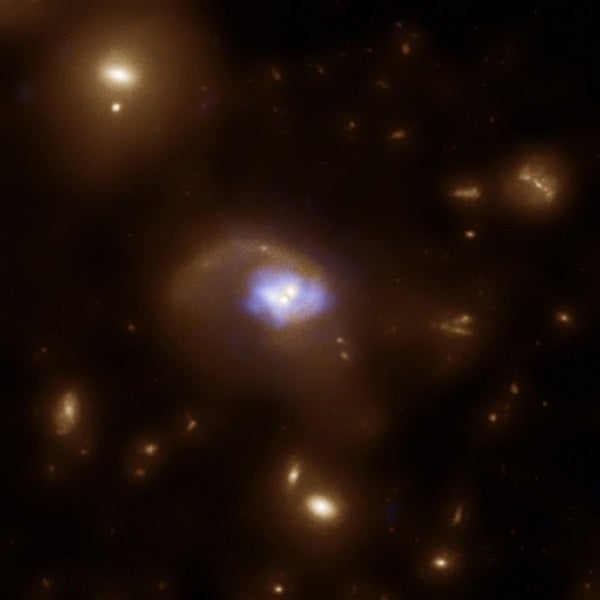But, you thought nothing can move faster than the speed of light? The rule is that nothing can move through space faster than light. According to Albert Einstein’s general theory of relativity, space itself is free to do what it likes.
A white hole is like a black hole, except that the waterfall is “falling” up instead of down. White holes are exact mathematical solutions of general relativity — they are theoretical objects. As far as we know, white holes do not exist in nature, anymore than waterfalls flow uphill.
Ultimately, everything that falls into a black hole ends at a singularity — a place of infinite curvature where space and time as we know them come to an end. A time-reversed version of this — a white hole — would involve matter spontaneously coming into existence and emerging faster than the speed of light from a singularity. While the leading theory of the universe’s creation — the Big Bang — is similar, the universe ends up looking smooth and having no center whereas white holes have centers.
— Andrew Hamilton, University of Colorado, Boulder










